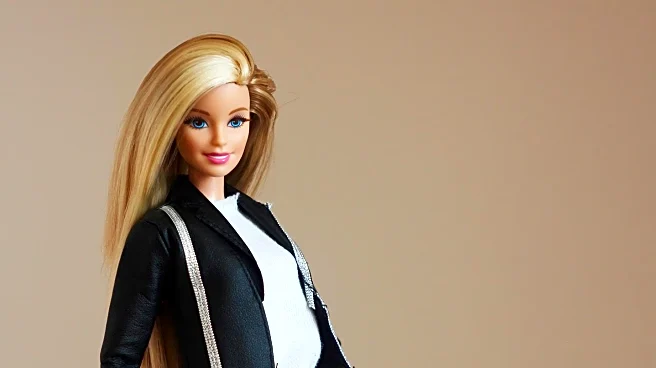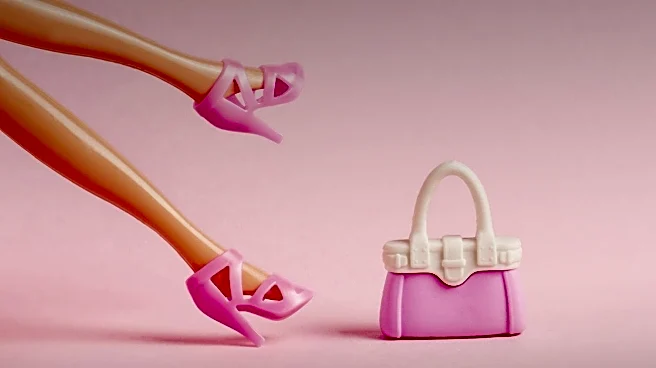What's Happening?
A growing number of consumers are engaging in 'visual decluttering,' a practice where individuals remove labels from their beauty products to reduce the visual noise created by branding. This trend, which has been gaining traction, involves decanting products into unlabeled containers or using refill pouches to maintain a minimalist aesthetic. The movement is seen as a response to the overwhelming presence of logos and marketing messages in personal spaces, which many find intrusive and exhausting. Individuals like Noor, a gallerist from Berlin, have adopted this practice to create a more serene environment, free from the constant reminders of consumerism.
Why It's Important?
The rise of visual decluttering highlights a growing consumer pushback against pervasive branding and marketing tactics. This trend reflects a broader societal shift towards minimalism and mindfulness, as people seek to reclaim mental clarity and reduce impulse buying. By stripping away labels, consumers are not only altering their personal environments but also challenging the traditional marketing strategies of beauty brands. This could lead to significant changes in how companies approach packaging and branding, as they may need to adapt to a market that values simplicity and authenticity over aggressive marketing.
What's Next?
As more consumers adopt visual decluttering, beauty brands may need to reconsider their packaging strategies. Companies might explore more minimalist designs or offer products in refillable, label-free containers to cater to this emerging preference. Additionally, the trend could influence other industries, prompting a reevaluation of how products are marketed and presented to consumers. The movement towards minimalism and reduced branding could also inspire further innovations in sustainable packaging, aligning with the growing demand for environmentally friendly products.
Beyond the Headlines
The visual decluttering trend raises questions about the psychological impact of branding and marketing on consumers. It suggests a desire for more meaningful interactions with products, where the focus is on quality and functionality rather than brand identity. This shift could lead to a reevaluation of consumer culture, encouraging individuals to prioritize personal well-being and environmental consciousness over materialism. The movement also highlights the potential for consumer-driven change in the marketplace, as individuals take control of their environments and purchasing habits.










